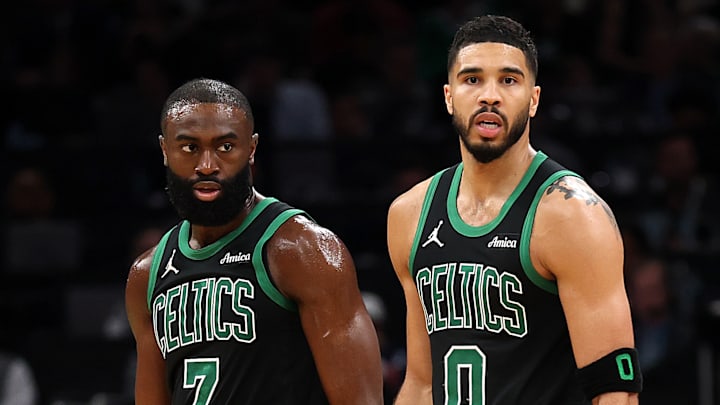Life comes at you fast in the NBA. Just last season, the Boston Celtics were celebrating their return to glory as NBA champions. This year, they had a great chance to repeat, racing through the regular season with 61 wins. Then, it all came crashing down in the second round against the New York Knicks.
Not only did the Celtics blow two home games, but they lost their franchise player, Jayson Tatum, to a torn Achilles in Game 4. Tatum was in the midst of a 42-point masterpiece, and now there is a good chance we do not see him at all next season.
As a result, we might see Boston do what some high school and college students around the world do: take a gap year. Even if Tatum hadn’t gotten hurt, Boston was set up to make major changes this offseason anyway.
With a new ownership group, the main objective was to get under the dreaded second apron, and that meant saying goodbye to key championship pieces in Jrue Holiday and Kristaps Porzingis. Those were tough decisions to make, but in the long run, Boston could stand to benefit.
The Celtics set themselves up nicely for when Jayson Tatum returns
Boston is now under both aprons and has much-needed financial flexibility to retool in 2026. They also have their own first-round pick. With another stacked class on the horizon, headlined by Massachusetts kid AJ Dybantsa and the likely next Duke phenom in Cam Boozer, we could see the Celtics punt on winning this coming season.
With this new financial flexibility, Boston can expect to have access to the non-taxpayer mid-level exception next offseason. The NTMLE this year was about $14 million, and with a stacked free agent class on the horizon, the Celtics can land an impact player (or two) with that exception next summer.
That, combined with a top draft pick, could give Boston two or three very good rotation players making reasonable money.
The Celtics still have a core of Tatum, Jaylen Brown, and Derrick White
All three are making more than $30 million, with Tatum and Brown making well over $50 million a year, but the Celtics can use this year to identify the supporting players they want to have around them.
Guys like Payton Pritchard, Sam Hauser, and Anfernee Simons will have ample opportunity to show what they can do in larger roles. Younger guys like Luka Garza, Neemias Queta, and Amari Williams will have a chance to carve out rotation roles.
Tatum losing a year of his prime is definitely not ideal, but given his age and how his game has evolved in recent years, we should still see him play at a high-level for another few years. With a retooled team around him in 2026, we could see Tatum and the Celtics thrive in their “gap year.”
